by Trinket Canlas Constantino
Trinket encourages WBCP members to visit Siargao, Surigao del Norte for an amazing birdwatching experience with beautiful scenery and friendly locals. See the bottom of the article for information on how to arrange your own paradise birding trip!
The Katala Foundation (www.philippinecockatoo.org/) has always been a close partner of the WBCP in pursuing common goals of education and conservation. The foundation is personified by husband-and-wife team Peter and Indira Widmann whom I had met several years ago as a newbie birder who found herself in Palawan with fellow WBCP members Adri Constantino (now my husband) and Tere Cervero. Peter and Indira had very kindly arranged for us to visit Rasa Island, the last stronghold of the Philippine Cockatoo (aka Red-vented Cockatoo) and one of the key conservation sites of the foundation. I will never forget the sight of 92 riotous cockatoos waking up at the roost site at sunrise and flying off to feed on the mainland. The success of the foundation in conserving and increasing the Philippine Cockatoo population at Rasa deserves much praise.
Recently, the foundation is looking for possible sites outside of Palawan for the reintroduction of the Philippine Cockatoo. Two of these sites, Kangbangyo and Poneas Islands are located on Siargao in Surigao del Norte. When Peter and Indira invited myself and Adri, on behalf of WBCP, to assess the birding opportunities on the islands, give guided birdwalks to the local community members and to consult with the local government offices regarding tourism prospects; we were very excited to join them.
Both sites are accessible via the municipality of Del Carmen, where Sayak Airport is conveniently located. Flying in, we already marvelled at the extensive mangrove cover which seemed endless, broken up only by waterways and estuarine pockets.

Peter, Indira, Adri and I were immediately met by the local MENRO representative Gina Barquilla and whisked of to a sumptuous lunch of fresh seafood, sinigang and lechon. We were also joined by the Mayor Alfredo Coro II. Their gracious welcome and friendly conversation was proof of their warm working relationship with the Katala Foundation. Behind the restaurant we had lunch was a spanking new mangrove information center. Still to be fully equipped, it already showcased many of the natural attractions at del Carmen, including the skeleton of a huge saltwater crocodile!
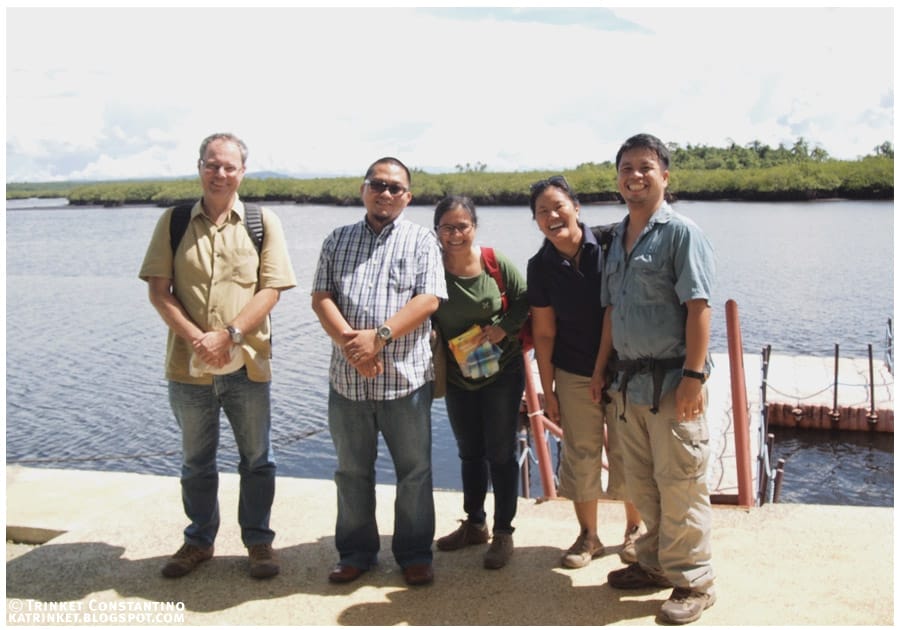
In the afternoon, we birded inland at Brgy Tuboran. Although it was already approaching sunset, we recorded several species, including Rufous Hornbill, Black-faced Coucal, Great-eared and Philippine Nightjars and Mindanao Hawk-Owl.
We started out early the next morning, taking off from the dock behind the Mangrove Information Center on a small motorized outrigger. Our guide and boatman was the local Katala Forest Ranger Noel. He expertly manuevered us through the maze of mangroves until the low hills of Poneas island greeted us. The greenery was a refreshing site, forested hills rose above the mangroves, the water flat and reflecting the grey skies. As we entered a hidden lagoon, a pair of Mindanao Hornbills flew across our boat’s path.

Thick forest over limestone islets dotted the lagoon. Ghostly white dead ironwood (mangkono) trunks reached out over the greenery.

Although we were confined to birding on the boat, we did not lack for the sights and sounds of the forest birds. The Mindanao Hornbills were not shy, preening out in the open and permiting the boats to come close.
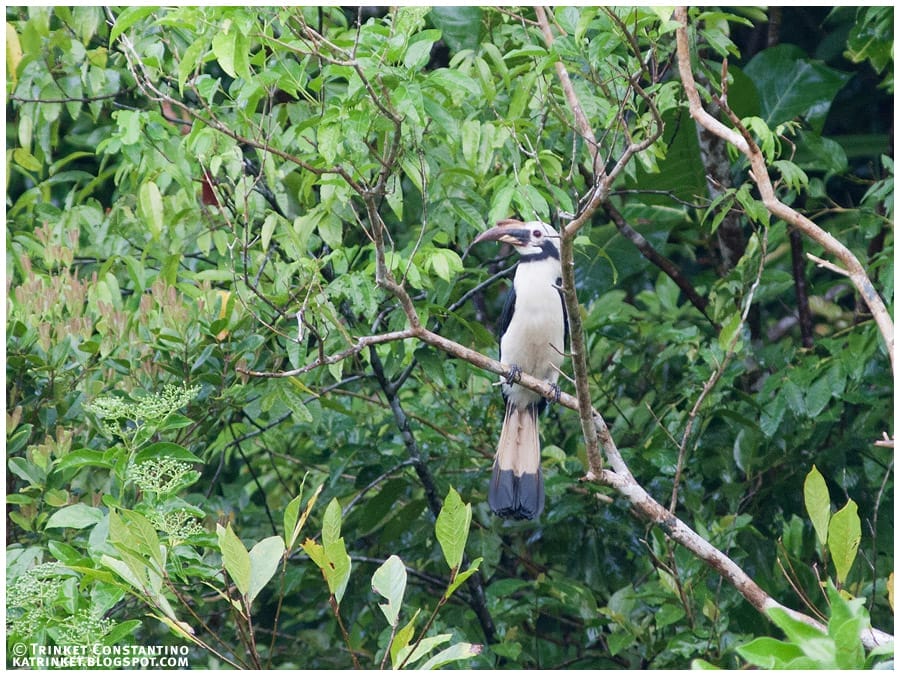
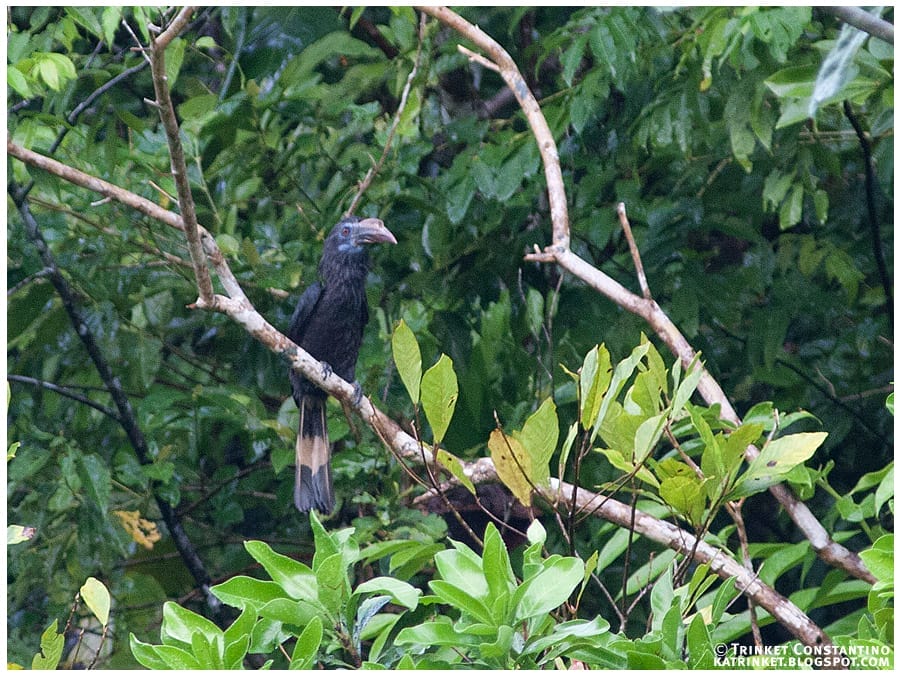
We circled the lagoon, staying close to the forest edge. Noel had shut the motor and now paddled the boat, the silence interrupted only by an occasional bird call and the slap of the oar on the water. Even from the confines of the boat, we saw several other avian species including Yellow-bellied Whistler, Black-naped and Short-crested Monarchs, Philippine Trogon, Brown Tit-Babbler, WHite-eared Brown Dove, Purple-throated, Grey-throated-, and Handsome Sunbirds and Red-keeled Flowerpecker. Noisy Yellowish Bulbuls flew around, outnumbering the less common Yellow-wattled and Philippine Bulbuls.
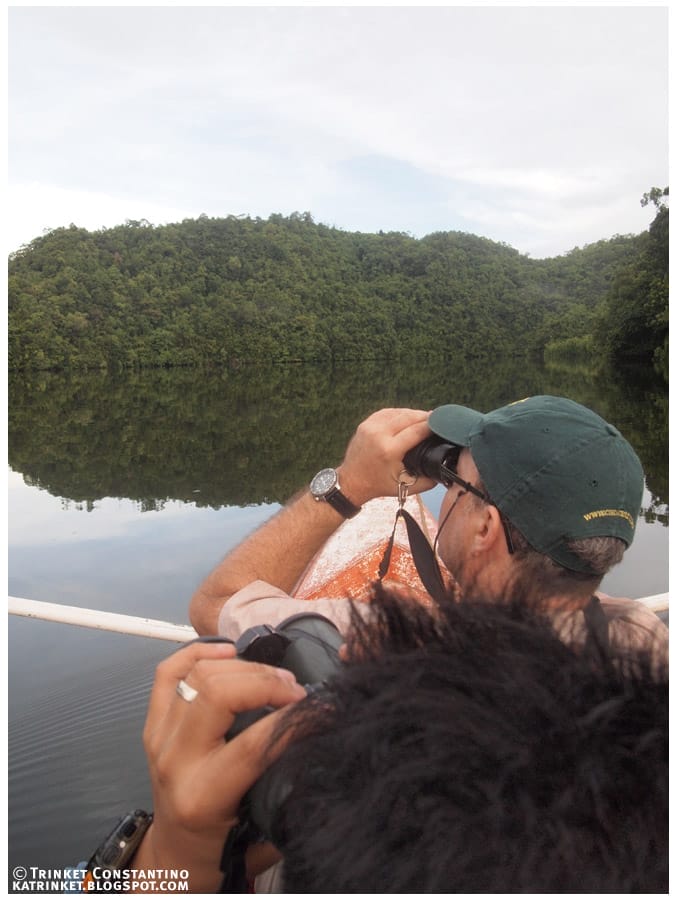
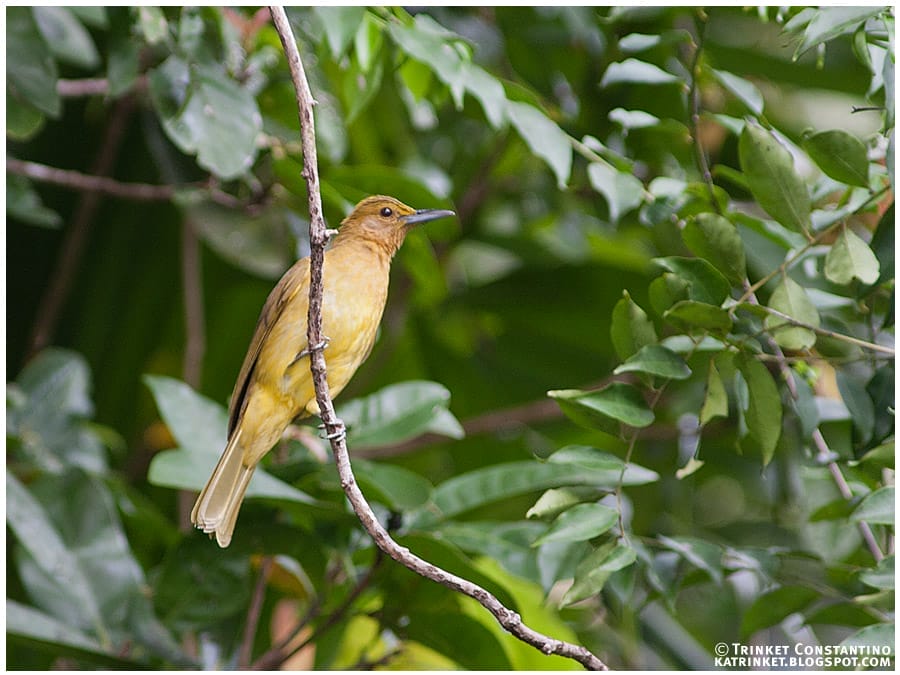
But the highlight bird for me was the Rufous Hornbill. We saw several flying around, eating at a fruiting tree or just perched and preening. They were truly a majestic sight to behold, their loud calls echoing throughout the lagoon.
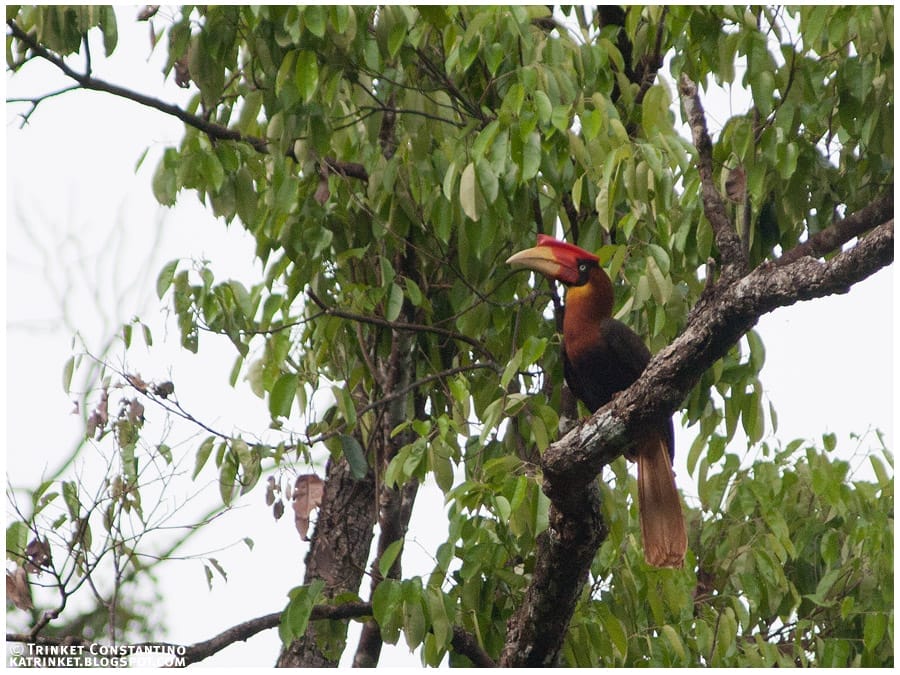
Several birds teased us with their calls, refusing to come out near the water but calling loudly from the forest. We heard Common Koel, Black-faced Coucal, Rufous-fronted and Black-headed Tailorbirds, Blue Fantail, Rufous Paradise Flycatcher and Brush Cuckoo. We even heard the booming call of a Pink-bellied Imperial Pigeon as we followed the shoreline. The vegetation was as interesting as the bird life, colorful plants in bloom, towering trees and an assortment of mangroves were fascinating to see.
Above us, Brahminy Kites and a solitary Pinsker’s Hawk-Eagle soared.
Later, we left the lagoon at Poneas and headed over to neighboring Kangbangyo Island, where the fishing community of Kaub resided. Before visiting the baranggay, we headed to another small lagoon. A White-bellied Sea-Eagle was perched on a cliff at the entrance, as if guarding the gates to paradise. The vegetation here was slightly different and water was a crystal clear turquoise exposing the corals and fish beneath.
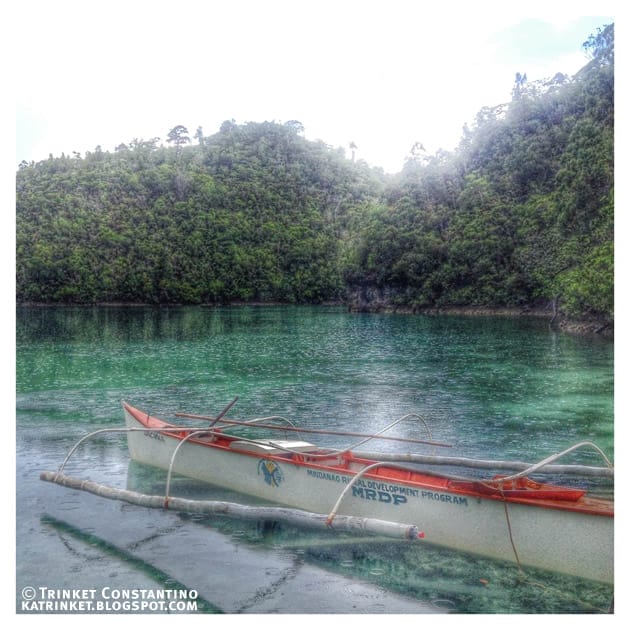
Near the center of the lagoon was a unfinished visitor center. We docked here and took the opportunity to stretch our legs and partake of a simple breakfast. As soon as we had all gotten off the boat, a Rufous Hornbill took to the air and crossed the water, landing on a tree where it was joined by a second hornbill. We would watch them fly back and forth for the duration of our stay. Not to be outdone, a few Mindanao Hornbills showed up also. Here, there were many young Mangkono trees, many of them in bloom. Sunbirds, bulbuls, Phlippine Magpie-Robins and Pied Fantails sang noisily around us. Large-billed Crows would come and scatter the small birds every now and then. I could almost imagine the sight of Philippine Cockatoos flying around the lagoon in the future!


Nearing lunch, we moved to the Baranggay where we were expected by the community. We had another filling lunch at the home of the Kapitana after which we had a slight rest and then met up with members of the community who were all stakeholders in the conservation and reintroduction program. Indira and Adri gave an informative talk on birds and birdwatching, engaging the locals to share the bird names in the vernacular and also to share bird calls, stories and folklore.
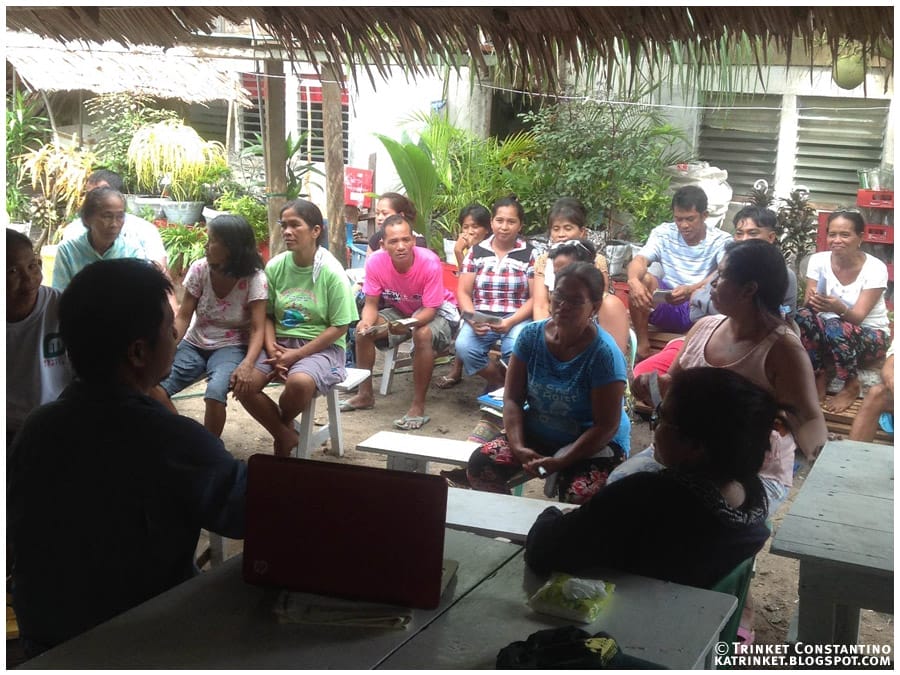
The talk was followed by a short guided trip around the baranggay. The twelve participants were all excited to use the binoculars we had brought for the birdwalk. After the usual introduction on using the binoculars and birding do’s and don’ts, Adri, Peter and I took our small group around the residential area to the forest edge and around the beach. They were delighted to spot the Asian Glossy Starlings, an Olive-backed Sunbird, a pair of White-breasted Woodswallows and a Pied Triller just around the neighborhood. They even took the time to observe the Eurasian Tree Sparrows (local name “City Bird”)! Near the forest edge, they saw a Black-naped Oriole and a very noisy Yellowish Bulbul. The Common Koel was also heard calling loudly. As the sunset approached we all walked backed to the Kapitana’s home, happy with our new experiences.
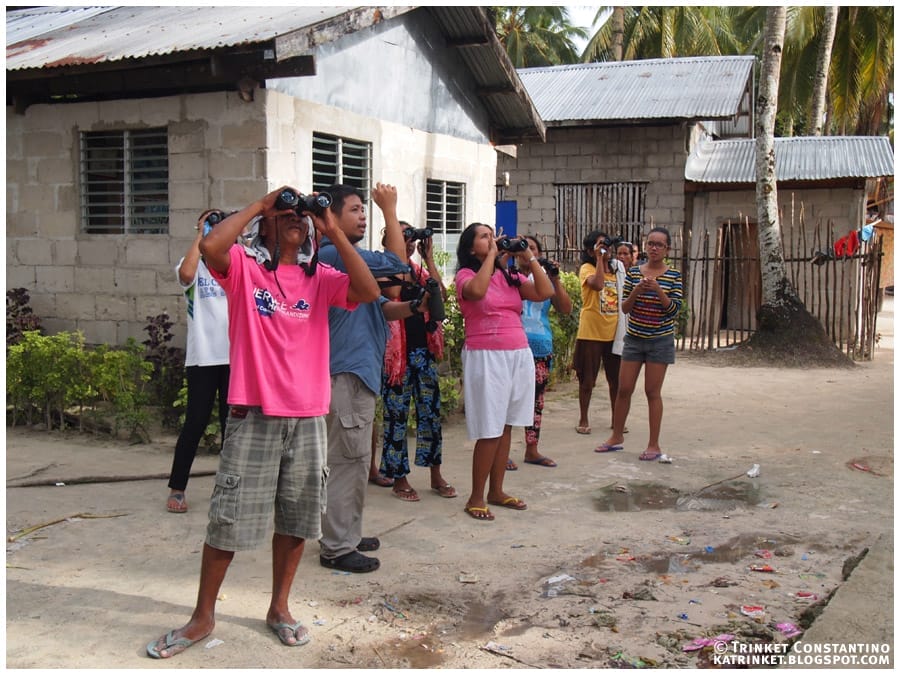

It was great to have had the opportunity to visit these island paradises and interact with the local community. We visited Poneas and Kangbangyo twice during our stay. Before returning to Manila, we had a short meeting with LGU representatives from the environment and tourism sector. I encourage local birders to visit these sites, and in doing so, reinforce the local government’s environmental and conservation thrusts.

The serenity of the the forested lagoons of Poneas and Kangbangyo are sights which are becoming rarer and harder to find. Hopefully the natural treasures of these islands will be a source of pride for the locals and that they will strive to protect and keep them intact. May the hornbills and other birds always fly free, and I look forward to the day when the Philippine Cockatoos will also find a safe haven here.
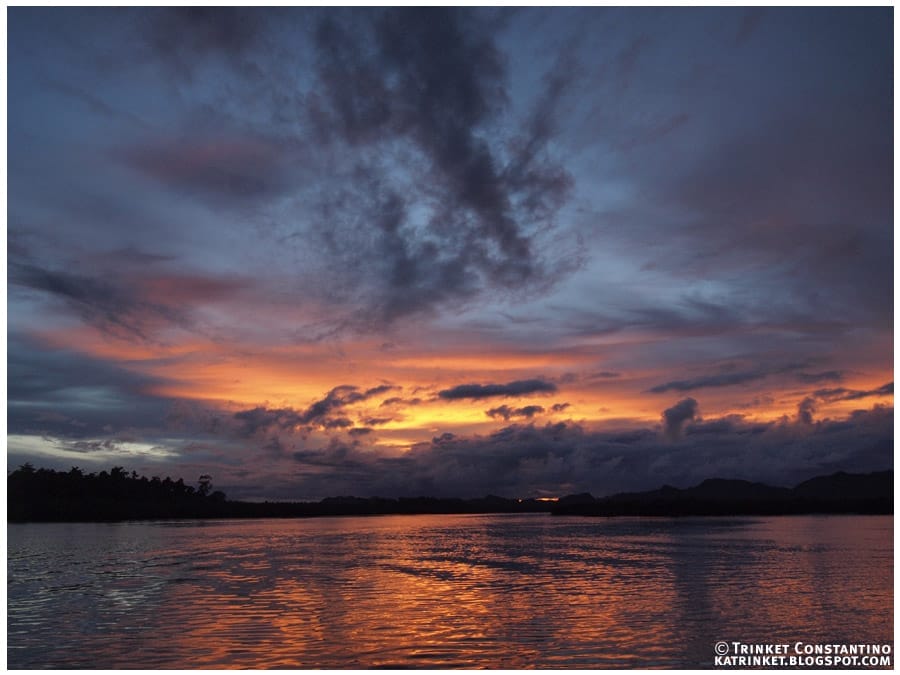
Travel, lodging, birding and more:
Cebu Pacific flies to Sayak Airport from Cebu International Airport daily.
Accomodations at del Carmen are limited, but several homestays are available. To arrange for birding at Poneas and Kangbangyo, contact the local MENRO. We also birded inland at the watershed at Brgy. Mahayahay and along the road at Brgy Tuboran and at the mangrove boardwalk in del Carmen town proper.
Another site worth visiting is the Philippine Crocodile introduction site in wetlands at the municipality of Pilar. Siargao is best known for deep-sea fishing and surfing. A range of accomodations is available at General Luna and Cloud 9, where you can also fit in a bit of island hopping. Pelagic birding has also been attempted here as reported by Paul Bourdin in this ebon article: https://ebonph.wordpress.com/2013/07/03/pelagic-birding-in-siargao/

THANK YOU VERY MUCH FOR ALL THE WONDERFUL PICS AND FOR THE STORY. THERE IS MORE TO LIFE THAN COSMOPOLITAN INTRIGUES, MALLS, TRAFFIC, POLITICS, CRIME, ETC. I HOPE EVERYONE JUST APPRECIATE HOW BLESSED STILL WE ARE AND HOW WONDERFUL ARE GOD’S GIFT TO MANKIND.
RAYMOND HERAS